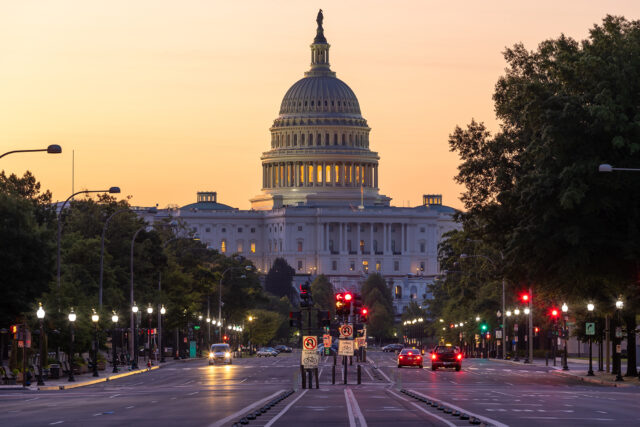
Bribe Employers? Really?
Alicia H. Munnell is a columnist for MarketWatch and senior advisor of the Center for Retirement Research at Boston College.
Automatic retirement saving programs are much more effective than tax subsidies
The federal government provides generous tax subsidies for retirement saving. These subsidies cost the treasury more than $100 billion in foregone tax revenues. Given the nation’s severe budget pressures, it is important to know how effective these subsidies are at increasing saving.
Due to data constraints, U.S. researchers have not been able to agree on whether these subsidies actually encourage people to save more or to simply shift savings into tax-advantaged accounts.
Economists of all stripes are excited by a new study by Raj Chetty and his co-authors that, using Danish data and sophisticated techniques, addresses this question and appears to resolve the long-standing dispute. To test the effect of tax subsidies, they use responses to a 1999 reduction in the subsidy for retirement contributions for those in the top tax bracket. Their results show that pension contributions declined. But the decline was nearly entirely offset by an increase in other types of saving. The tax subsidy, in other words, had primarily induced individuals to shift their saving from taxable to tax-advantaged retirement accounts, not increase overall household saving. The response was also highly concentrated, with most individuals doing nothing and only about 15 percent shifting their saving. The authors thus estimate it took more than DKr 100 of tax expenditure to produce a 1 DKr increase in household saving.
The authors also test the effect of automatic saving mechanisms, such as defaults in 401(k) plans, that increase saving unless the individual affected takes action. Defaults have been shown to increase retirement saving. But it has not been clear whether the money saved is offset by reduced saving in taxable accounts or whether it represents an increase in household saving. The authors examine the responses of Danish workers who changed jobs and get higher automatic pension contributions with their new employer. They find that such workers did not offset the higher employer contribution by reducing saving elsewhere. Their saving thus increased by the increment in the employer contribution.
The Chetty et al. paper is full of additional interesting tests, but the bottom line is that automatic increases have a big impact on saving, and tax subsidies simply result in the shifting of saving from taxable to tax-preferred accounts. These findings call into question the effectiveness of the large tax expenditures in the United States currently used to induce individuals to take action and increase how much they save.
My view is that it would be unwise to eliminate the tax incentives entirely. I think it’s important for workers to feel that saving through retirement plans is a “good deal.” But the findings certainly support reducing the total amount spent and moving to automatic programs that increase saving, unless actively reversed.
A new position paper from the Employee Benefits Research Institute (EBRI) says “whoa, not so fast.” Yes, Chetty et al. demonstrate that subsidies do not have any impact on the saving by individuals. But the authors did not explore how employers might respond to changes in retirement tax incentives. In other words, if employers are not bribed with tax subsidies, they will stop offering retirement plans for their workers.
This sentiment raises a larger issue: should the U.S continue to rely on the employer as the source of health and retirement benefits? Employers clearly do not like being in that role. They have dumped defined benefit plans because of risks and volatility and moved to 401(k)s, where the employee is on the hook. They could encourage participation in 401(k) plans through automatic enrollment, but less than half of plan sponsors automatically enroll their workers. As a result, only 42 percent of the private sector employees aged 25-64 have any kind of retirement plan. Employers are not doing a good job.
Instead of bribing employers to maintain this pitiful level of effort, the time may have come for alternative arrangements. This is not a radical idea. The ERISA Industry Committee, an organization representing the employee benefit plans of America’s largest employers, issued a report in 2007 suggesting “a new benefits platform for life security.” The new benefit offerings would be administered by competing Benefits Administrators, which would assume the role of today’s plan sponsors. Employers and individuals would share in funding benefits, and the structure would also provide a way for individuals without an employer relationship to contribute to a retirement plan. Combine the new benefits platform with automatic enrollment and the nation might have a chance at a decent retirement system!
Maintaining the current large subsidies for retirement saving, just to bribe employers to offer a plan, should be a total non-starter.







